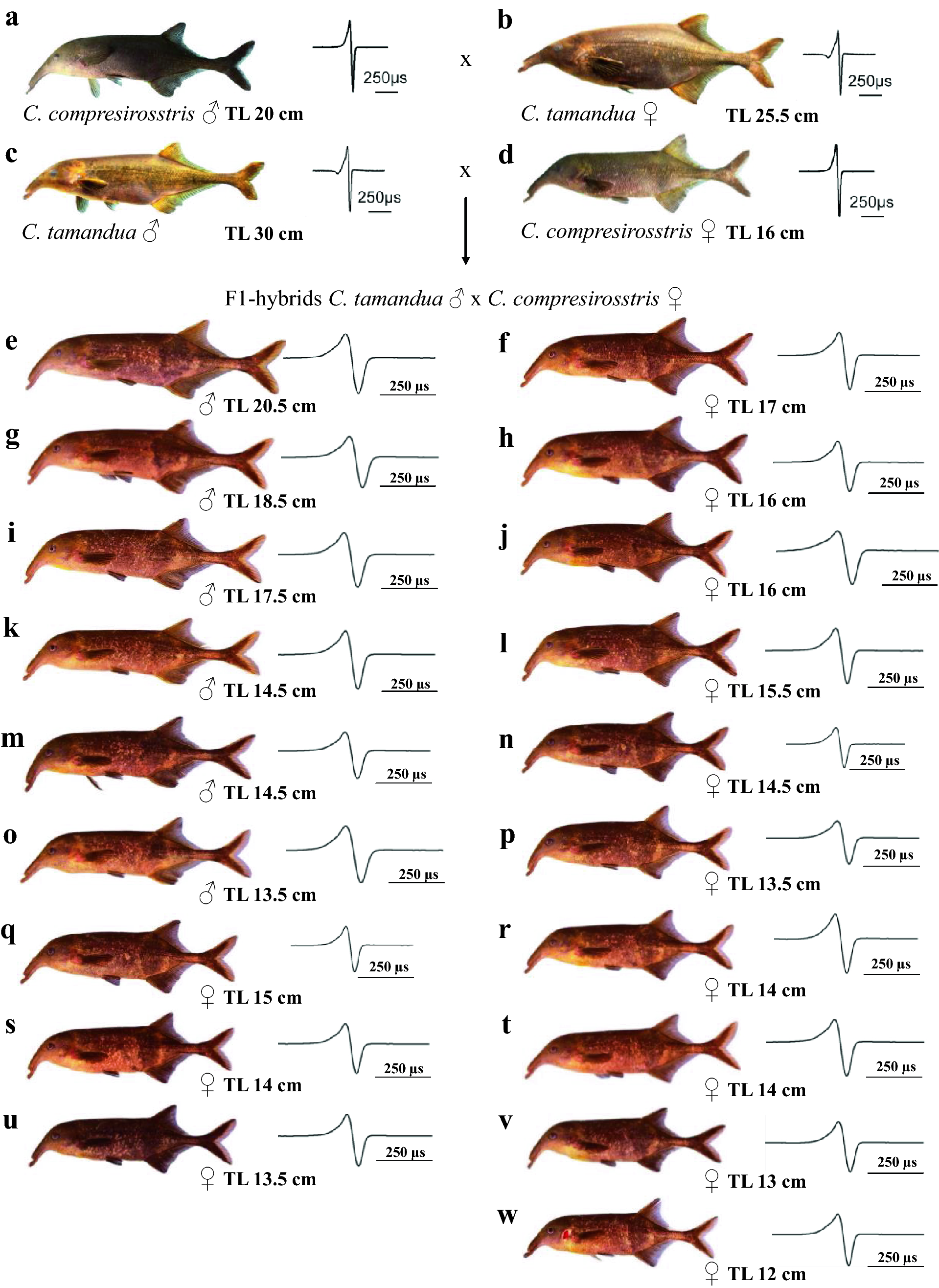Turns out many more mormyrid species are routinely spawned in laboratory settings. Was internet browsing for info about spawning various knifefishes (as it has often been mentioned that many spawning reports exist, and some mentions of hobbyists breeding up to a dozen different species sometimes circulate the internet), and came across a few studies comparing larval development of mormyrids and gymnotiformes, where anywhere from four to six different species were spawned (one study mentioned breeding F1 and F2 offspring), not including C. tamandua, though a few other Campylomormyrus spp. were popular candidates for such studies.
Here's one such study (can't find the other two I looked at):
Unfortunately, practically all of these studies were stuck behind a paywall, and therefore spawning details for mormyrids were unavailable.
On a side note, I was able to discern that Brachyhypopomus and Eigenmannia, amongst other knifefish species, only required a drop in conductivity to trigger spawning (potential breeding project?

). Also, Gymnotus carapo is apparently a mouthbrooder, not a territorial nest-guarder, which I found rather interesting.
I would assume mormyrids to require a drop in conductivity to trigger a spawn, much like many other fishes, and merely require proper conditioning beforehand. They may be seasonal breeders, however.
I suppose it shouldn't be too unexpected; electric fishes are, after all, quite frequently studied for scientific purposes, and it should be inevitable that spawning records would exist after some time.



 ). Also, Gymnotus carapo is apparently a mouthbrooder, not a territorial nest-guarder, which I found rather interesting.
). Also, Gymnotus carapo is apparently a mouthbrooder, not a territorial nest-guarder, which I found rather interesting.



